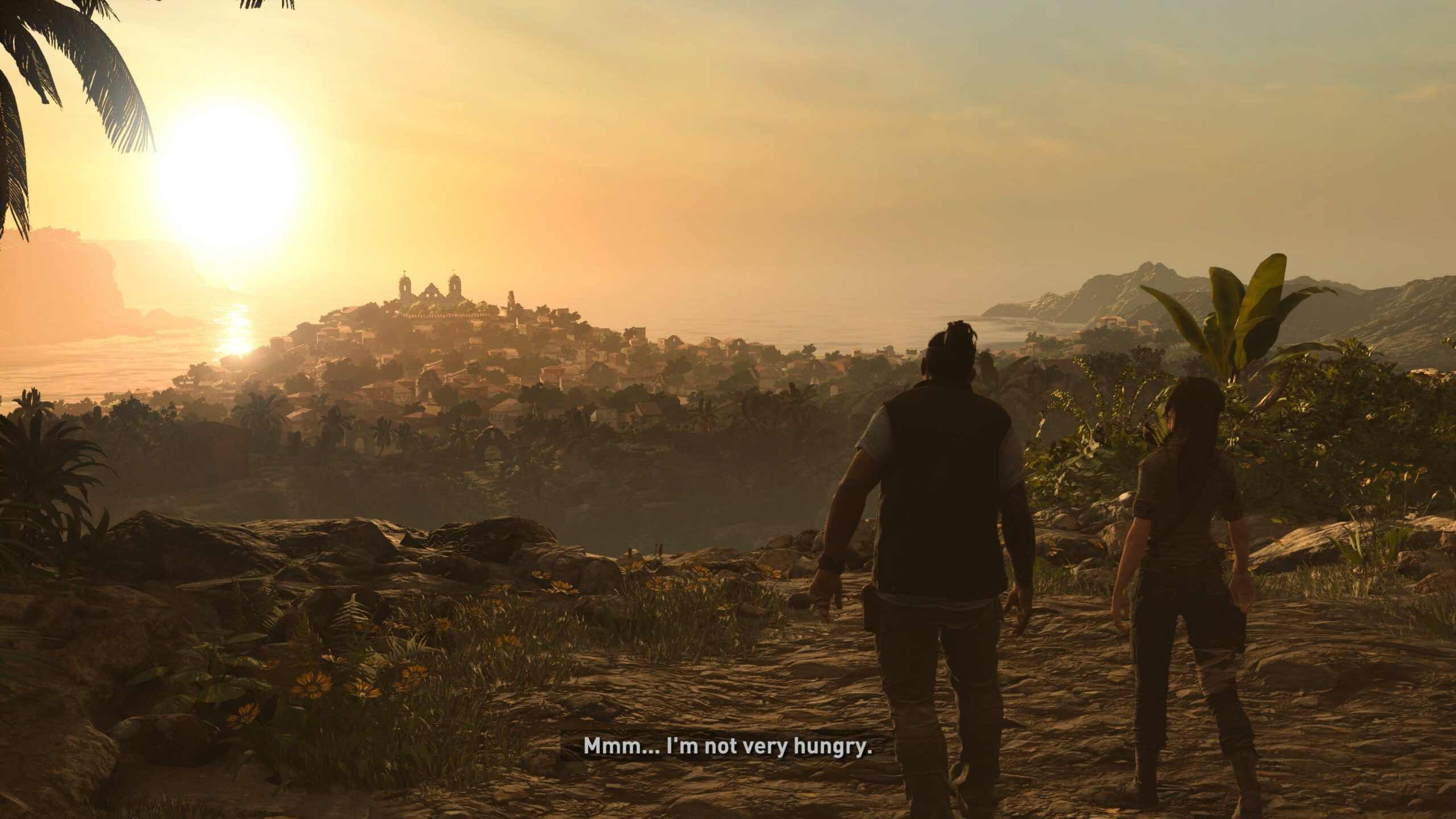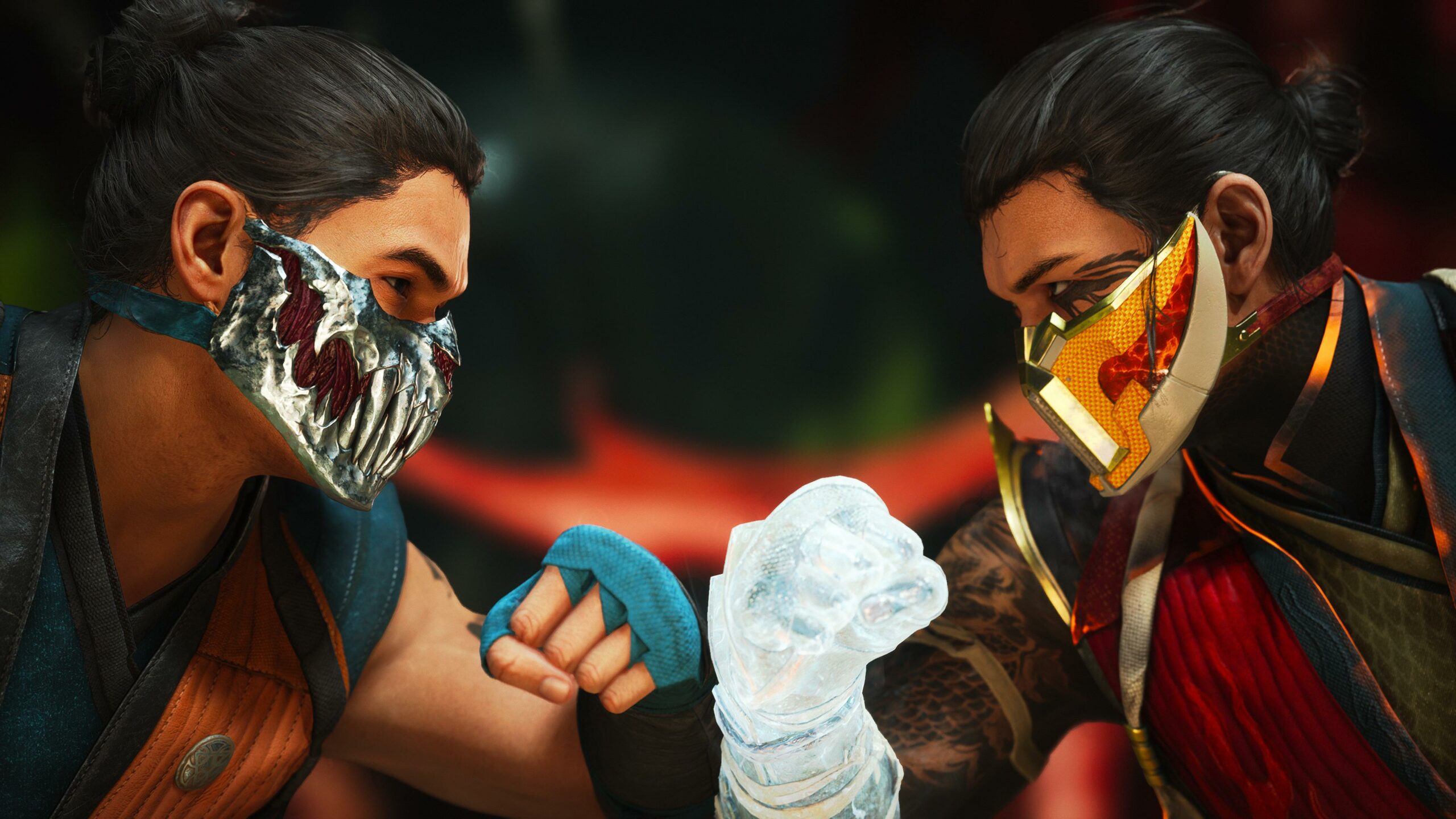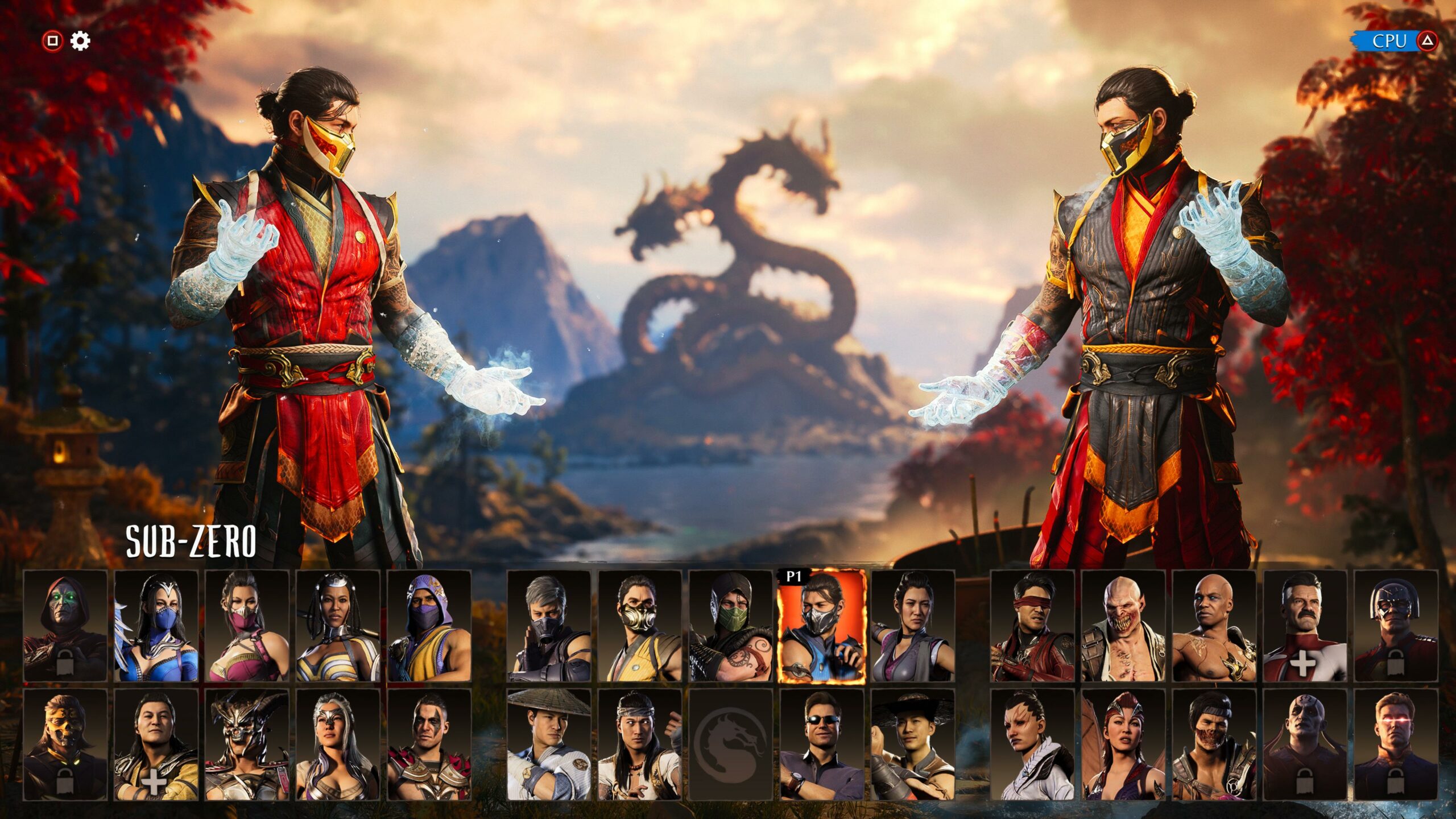The old school gamers’ odyssey into modern gaming
As an old-school gamer exploring the ever-evolving world of modern gaming, nostalgia serves as both a guiding light and a source of occasional trepidation. Amidst the rapid technological advancements and shifting trends, there’s a longing to recapture the thrill of past gaming adventures while embracing the excitement of new possibilities. Each new release presents an opportunity to rediscover beloved worlds through the lens of contemporary innovation.
Yet, there’s a constant tug of nostalgia, reminding of simpler times when pixels were king and gameplay mechanics were straightforward. In this journey, navigating between cherished memories and the appeal of the unknown becomes a delightful challenge.
OLD-SCHOOL REMINISCING
The ’80s and ’90s, with their blocky graphics and simple sounds, hold a special allure. Games like Tomb Raider and Mortal Kombat from this era were more than just entertainment; they were gateways to uncharted realms, fostering skill mastery and community.
However, the transition to modern gaming is marked by exhilaration and complexity. Technology has propelled games into expansive 3D worlds with visually breathtaking experiences.

Titles like Tomb Raider have evolved, introducing younger protagonists and emotionally driven narratives. Similarly, Mortal Kombat boasts high-definition graphics and cinematic story sequences, transforming from its digitised origins. It is amidst these advancements that old-school gamers find themselves balancing familiarity with novelty, as gaming continues to evolve, leaving questions to arise about the essence of gaming and the role of graphics and FPS in modern experiences.
While the significance of graphics and FPS in contemporary gaming becomes often a point of contention and discussion within the circle of old school gamers, they acknowledge their aesthetic appeal, gameplay and narrative take precedence.
However, in titles like Tomb Raider and Mortal Kombat, these aspects contribute to immersion, enveloping players in the game world. Nonetheless, for old-school gamers, the heart of gaming lies in challenge, exploration, and mastering game mechanics.
High-definition graphics and FPS, while enhancing the experience, are viewed as supplementary rather than essential, enriching gameplay without fundamentally altering its essence.

TOMB RAIDER: EVOLUTION OF AN ICON
The transformation of the Tomb Raider series from its polygonal beginnings to the latest high-definition adventures provides a fascinating case study.
The remastered collections of the original games breathed new life into Lara Croft’s early expeditions, updating the graphics while retaining the core gameplay that fans fell in love with. These collections served as a bridge for old school gamers, easing the transition to the rebooted series that began in 2013.
The reboot not only revamped Lara Croft’s image but also introduced a level of emotional depth and narrative complexity previously unseen in the franchise. The emphasis on survival, along with more realistic graphics and physics, showcased the potential of modern gaming technology to create deeply immersive experiences.
The developers however, recently paid homage to the old school gamers by remastering its iconic series, spanning from Tomb Raider I to Tomb Raider III, released on February 14.
With its ‘remastered’ graphics, these gamers were able to relive their nostalgic moments of when the series first came out – remembering once again how tough the games were and wondered how – as children back then – that we managed to conquer the game.


MORTAL KOMBAT: FROM ARCADE TO ULTRA HD
Meanwhile, the Mortal Kombat series has evolved significantly, transitioning from the pixelated fighters of the arcade era to the latest entries, which feature lifelike characters and fluid animations running at 60 FPS.
This leap in graphical fidelity has transformed the gameplay experience, making each hit, combo, and finishing move more impactful.
The series has also expanded beyond the fighting genre, incorporating story modes that delve into the lore of Mortal Kombat, providing a cinematic experience that enriches the game beyond the traditional arcade battles.


NAVIGATING THE EVOLVING GAMING LANDSCAPE
Remastered collections and new releases seamlessly unite past and present, enabling old-school gamers to revisit beloved franchises amidst contemporary innovations.
These games aren’t just diversions; they’re essential components of gamers’ identities, fuelling their enduring interest into adulthood.
The evolution of these franchises parallels gamers’ maturation, showcasing how games evolve alongside their audience.
Modern gaming sees both evolution and tradition. While graphics and FPS enhance gameplay, the essence of gaming – challenge, exploration, narrative – remains. Nostalgia for past adventures remains strong, blending with new experiences to fuel lifelong passion.
In the end, the world of gaming is vast and ever-changing, but for those who started their journey with a joystick or a keyboard in the ’80s and ’90s, the essence of gaming remains the same.
It’s about adventure, competition, and the stories that unfold at the press of a button.
As gaming continues to evolve, so too will the experiences of old school gamers, forever bridging the gap between the pixels of the past and the immersive realities of the future. – Nadzirah Malek-Webb






